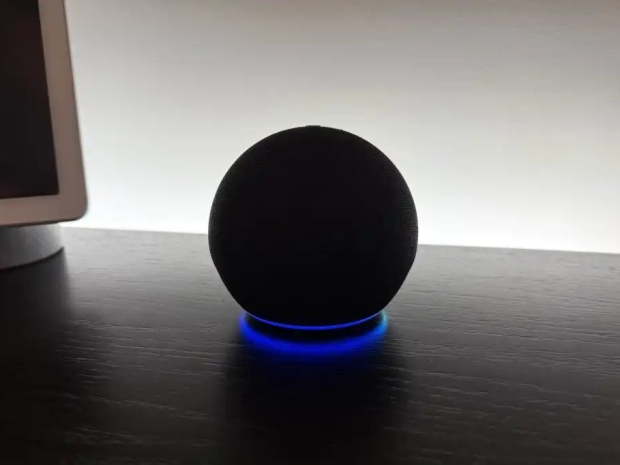The AI service is already live on certain Echo models and will be preloaded into upcoming Fire TV devices and Ring products. Amazon is pitching it as the foundation of an always-on AI gateway in the home.
Prime members get Alexa+ free, while non-members are expected to cough up $19.99 a month. Early access started on Echo Show 8, 10, 15 and 21 devices, and Amazon claims more than a million people have already signed up. The company insists that nearly 90 per cent of promised services are now active.
Amazon’s autumn 2025 hardware refresh showed how deep the rabbit hole goes. New Echo and Fire TV gear comes with silicon tuned for Alexa+, making the AI assistant faster and more context-aware.
Amazon vice president for Alexa Daniel Rausch, bragged on 30 September 2025 about revamped devices with built-in generative smarts.
The Seattle outfit first teased Alexa+ in February, calling it a next-generation conversational assistant capable of chaining together multi-step tasks. It promises contextual memory, follow-ups and supposedly more natural chats. The latest kit even packs sensor fusion for better responsiveness.
Fire TVs now carry Alexa+, while Ring is touting a “Search Party” feature that scours neighbourhood camera feeds to find lost pets. The idea is to normalise AI in the home, even if it makes privacy advocates twitch.
But every cutesy chat with Alexa+ means massive backend strain. Each request triggers caching, vector lookups and real-time inference. Multiply that across millions of homes and you’ve got a data centre operator’s nightmare.
Amazon is plugging the gaps by rolling out new GPU instances in AWS, including systems built on Nvidia’s Blackwell architecture. It is pushing its Trainium and Inferentia chips to cut dependence on outsiders, though those still need fast networking and memory to stay afloat.
Partners like Nvidia and Marvell are cashing in. Veteran fund manager at TheStreet Pro Chris Versace said Alexa+ might look like a household assistant but exists to fuel infrastructure demand.
“The way we think about Amazon’s hardware products is that they are gateways that help remove transaction friction for consumers and help foster the consumption of other Amazon products and services,” Versace said.
As millions of Alexa+ devices ship, the real winners are in data centres and networking. Each gadget becomes another AI endpoint, and that pushes demand up the stack from silicon to cloud capacity to connection. Marvell builds the fabric, Nvidia rides the top.

